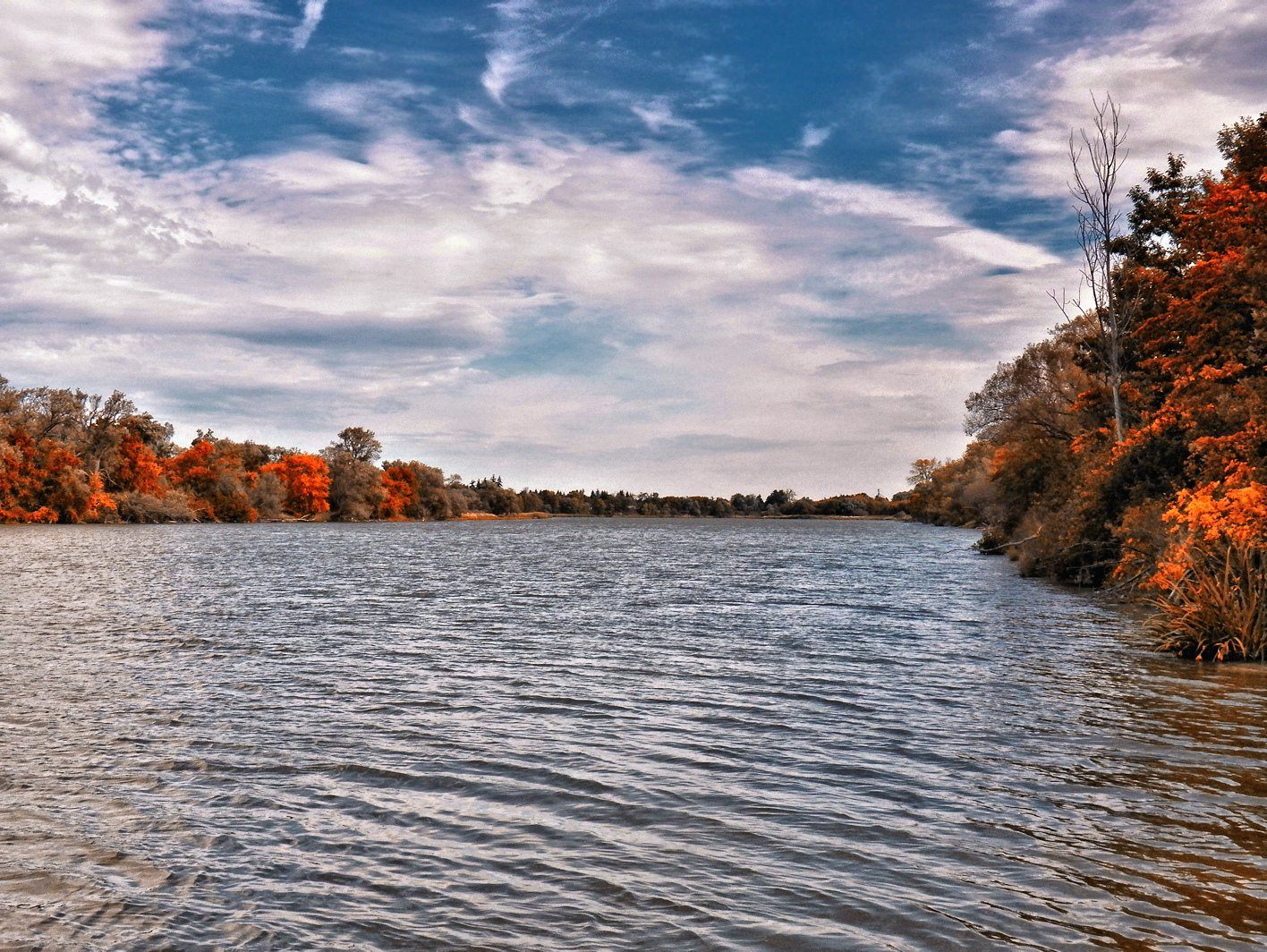Found: Really, Really Old Quinoa
These 3,000-year-old charred seeds are the oldest of their kind ever found in Ontario.

Quinoa, it turns out, has been trendy for 3,000 years. A cache of about 140,000 charred seeds has been discovered in Brantford, Ontario—further north than examples of the species from this period have ever been found.
The discovery was made back in 2010, when archaeologists were assessing a construction site that has since become a housing development. The work was routine, part of a legislative mandate in Ontario to dig into lands being developed both publicly and privately. So while the land is obviously archaeologically bountiful, no one expected any of the finds to be so, well, groundbreaking—often, in such a loaded area, they’re just part of the furniture. “It’s the first time I’ve been close to being shocked in 45 years of research,” said Gary Crawford, an archaeologist at the University of Toronto, to Yahoo! News. Crawford is the lead author on a study of the seeds, published last month in American Antiquity.
The seeds were found in an excavated pit alongside stone tools dating to the Meadowood, or Early Woodland, period, between 2,400 and 3,000 years ago. That was enough to make the researchers think that the seeds could be just as old, a hunch confirmed by radiocarbon dating that traced the seeds back to 900 BC. “The next time we find a crop in the province is about 500 AD, and it’s corn,” said Crawford in a University of Toronto release. “All previous research on this species of quinoa, which is now extinct, has taken place in the central United States: Arkansas, Illinois, and Kentucky.” Kentucky, he added, is the farthest north that any of the seeds from this period had previously been found.

This likely sheds new light on the trading practices of the Indigenous people living in what is present-day Ontario during the Early Woodland period. While the researchers can’t be absolutely sure, “I think the safe interpretation is this stuff was being imported,” Crawford told Yahoo. There’s no evidence of the plant being grown locally, not to mention of any other crops in the province until nearly 1,500 years later. Moreover, “it would make sense that it wasn’t only stone and minerals being moved around,” said Crawford in the release. Ontario’s Grand River was “like an I-65” for trade, and likely how other crops like maize later made their way into the region, says Ron Williamson of Archaeological Services Inc., who co-authored the study.
Though the team must “equivocate” out of caution, he adds, on where exactly the quinoa was grown, its presence in Brantford still marks the oldest discovery of this domesticated plant in all of Ontario’s 18,000 Indigenous sites. No matter where it was grown, the grain has been in high demand for quite some time.
Gastro Obscura covers the world’s most wondrous food and drink.
Sign up for our regular newsletter.





























Follow us on Twitter to get the latest on the world's hidden wonders.
Like us on Facebook to get the latest on the world's hidden wonders.
Follow us on Twitter Like us on Facebook